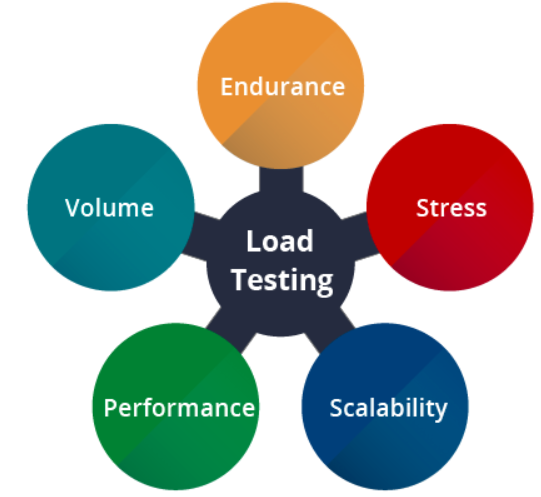
Load testing
Load testing introduction
Load testing is the process of putting demand on your application and measuring its response. Load testing is performed to determine a system's behavior under both normal and anticipated peak load conditions. Load testing helps identify the maximum operating capacity of an application as well as any bottlenecks, and determines which component is causing degradation.
The term load testing is often used synonymously with concurrency testing, software performance testing, reliability testing, and volume testing. All of these are types of nonfunctional testing that are part of functionality testing used to validate suitability for use of any given software.
Load testing allows you the validate that your application meets the performance acceptance criteria, such as response times, throughput, and maximum user load. The Pega Platform can be treated as any web application when performing load testing.
Tip: Performance testing requires skilled and trained practitioners who are able to design and construct, execute and review performance tests taking into account best practices. You can engage Pega's Performance Health Check service to help design and implement your load testing plan.
This Topic is available in the following Module:
If you are having problems with your training, please review the Pega Academy Support FAQs.
Want to help us improve this content?
